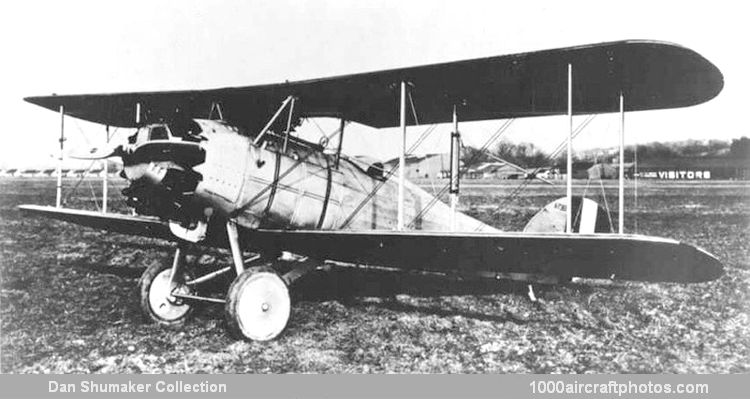It is a tribute to the superior flight characteristics of the basic 1918 design that repeat orders should have been placed for such an obsolescent 220 hp model in a day when 400 to 500 hp fighters were standard. Also, the FU-1 is notable for being the last wood-and-wire design of the WW I concept ordered by any US military service. The few wooden designs of WW II were monoplanes of entirely different structural concept.
The only outward difference from the UO-1 was in the shape of the vertical tail, which used a much smaller fin, and the use of an improved wing with rounded instead of raked wing tips and a Navy N-9 airfoil instead of the original RAF 15. Thin steel-tube struts were substituted for the original wooden ones. Armament was a pair of 0.30 in (7.62 mm) caliber Browning guns, and performance was enhanced by the fitting of a Rootes supercharger to the 220 hp Wright J-5 engine.
All of the FU-1s were assigned to Fighting Squadron Two (VF-2B), which had its aircraft scattered among twelve capital ships of the Battle Fleet. They served in the fighter role for a year until September 1928 and were then withdrawn and converted to two-seat FU-2s for assignment to utility and training duties. They could be distinguished from the near-duplicate UO-5s only by their smaller vertical tail surfaces. All were out of service by the middle of 1932."
